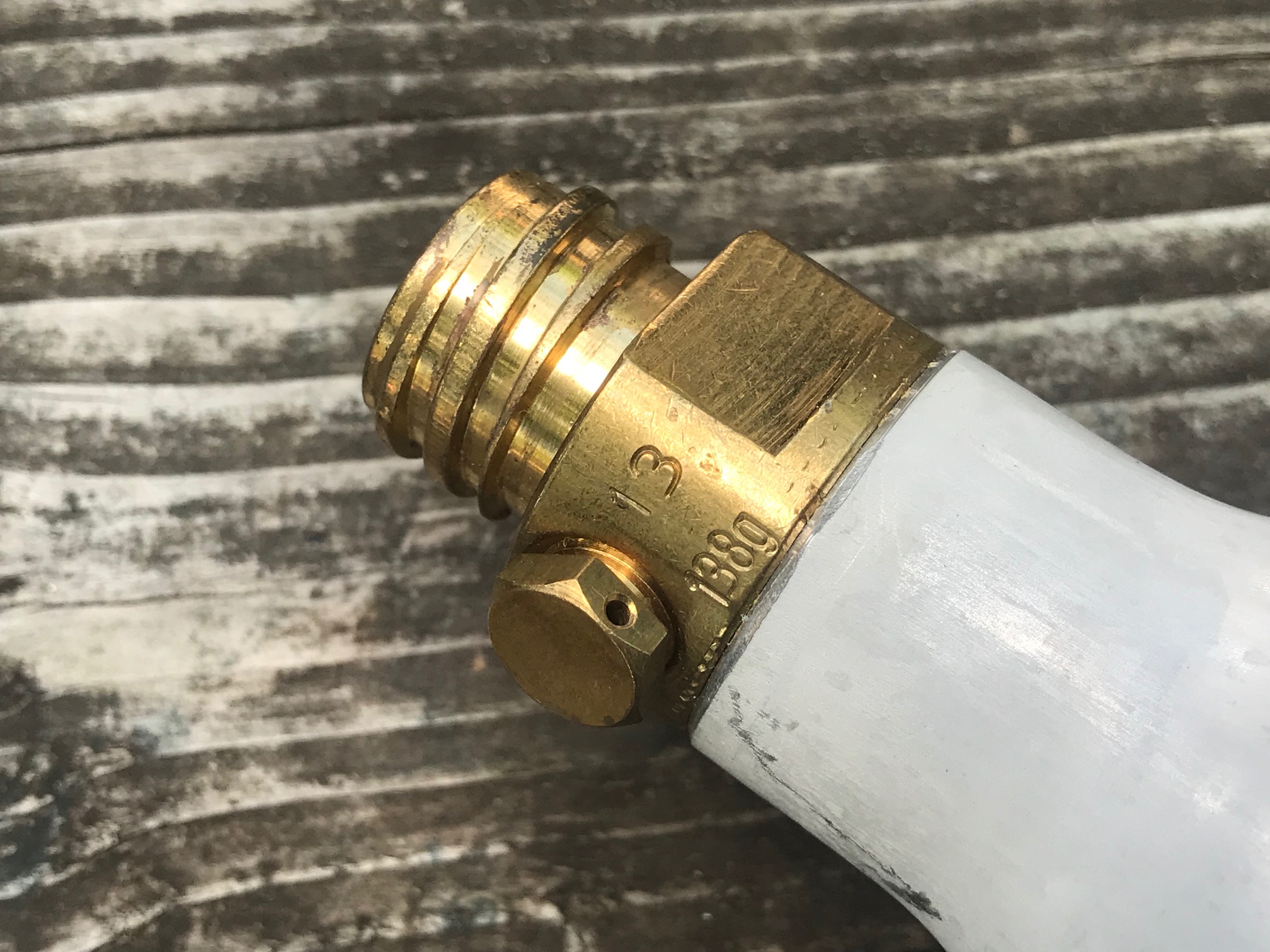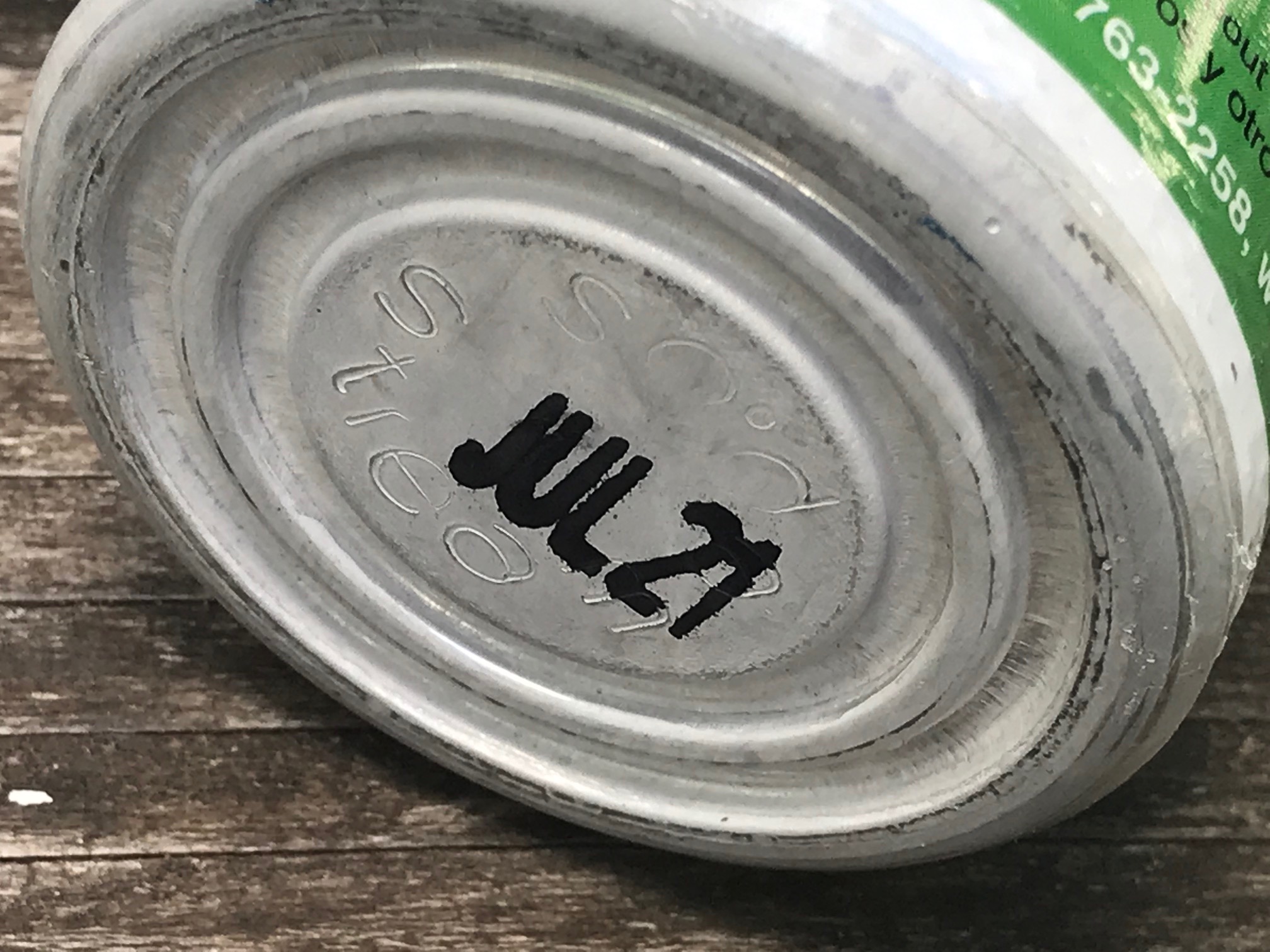Do you let your kids touch your SodaStream? Top on SodaStream Cartridge: 31,200 ppm Lead. 90 ppm is unsafe.
As I expect a lot of people who are new to my site will be reading this post, first I will start with an introduction for first-time visitors to my website:
I am a mother of Lead poisoned children.
My children were poisoned in 2005 by the work of a painting contractor, you can see more about my story in the trailer to my documentary film, HERE. Since then I have become a multiple-award-winning environmental activist for childhood Lead-poisoning prevention, you can read my brief bio HERE.
A main component of the environmental activism I do is independent consumer goods testing for toxicants, including Lead, Cadmium, Mercury, and Arsenic. Here’s a link with more information about how that works.
I test things that people send me to test, and I also do home visits with families around the country – where I test everything in their home about which they (or I) have toxicity concerns. the SodaStream cartridge / CO2 canister pictured here is an example of one of the items that many of my readers asked me to test.
My work is unique in that it is truly independent scientific consumer goods testing — as I have no agency affiliation nor corporate funding source that censors or shapes what I can test, report or say. This work is a collaborative effort with my readers – who both help choose what I test AND who help cover the cost of the testing I do and report on.
When tested with an XRF instrument, the top valve on this SodaStream CO2 canister was positive for a high level of Lead. The level of Lead found in this valve is typical for yellow Leaded brass. To see more Leaded brass items I have tested, click here.
The XRF instrument that I use is the same instrument used by the Consumer Product Safety Commission to test consumer goods for toxicants to determine if they comply with many of the current regulatory standards. Below is the full set of XRF test results for this item. Tests are rigorous, replicable and science-based; all test are done in “Consumer Goods” mode, and for a minimum of 60 seconds per test.
Test results for brass top valve of cartridge pictured:
- Lead (Pb): 31,200 +/- 1,100 ppm
- Tin (Sn): 2,312 +/- 212 ppm
- Zinc (Zn): 381,000 +/- 2,900 ppm
- Copper (Cu): 580,400 +/- 3.400 ppm
- Nickel (Ni): 670 +/- 225 ppm
- Iron (Fe): 3,415 +/- 374 ppm
This high level of Lead is NOT considered to be illegal in an item like this.
In the U.S. there is currently no legislation nor regulation limiting total Lead content as detectable with an XRF except in items explicitly marketed for use by children. In fact all valves on all kinds of gas canisters that I have tested have contained very high Lead levels.
That said, as with all of the testing I do I have concerns with ANY food-use products containing high levels of Lead, as they are touched and used in the kitchen, and one doesn’t always think to wash their hands after using an item like this. Most consumers do not expect an item like this to be high Lead, as they assume there are some sort of regulatory protections to restrict the use of (XRF detectable) Lead in kitchen products.
While there is no known specific potential harm of Lead being in a valve cap like this, I was really surprised to see no Prop 65 warning (a regulation in California that requires labeling to warn about the mere presence of Lead) on this item (especially given the amount of other information imprinted into or affixed to the canister!) In my opinion, consumers should at least be made aware of the presence of neurotoxic Lead – especially in an item component that is TOUCHED with normal use (installation and removal of the canister) and particularly in the case of a component that is very high Lead (like this one is).
I also want to say that while this is not expressly considered an item intended for use by children, you can bet your bottom dollar that children use this item. Carbonating water at home is a novelty and a fascinating science activity that most children are excited about and engaged in. Whenever we have visited the home of a friend who has one of these machines, my children have asked if they could use it. I haven’t let them. I would venture a guess that more often than not in most homes it IS children who are using this item, regardless of whether or not it is sold as an item “intended to be used by children”.
Items intended for use by children are required to have all components test LOWER THAN 90 ppm Lead in the paint, coating or finish and LOWER THAN 100 ppm Lead in the substrate (including unpainted solid metal components.) IF the SodaStream product were to be considered to be an item intended for use by children, it would clearly be illegal by all current regulatory standards as a result of this single very highly Leaded component.
I think in 2019 manufacturers should be able to come up with Lead-free alternatives for items like this. I also think the regulatory standards that have been set for items intended for use by children should apply to ALL kitchen items (anything for food use, food prep or food serving) as well.
As always, please let me know if you have any questions.
Thank you for reading and for sharing my posts.
If you would like to make a contribution in support of this work, please consider chipping in via my GoFundMe at http://www.GoFundMe.com/LeadSafeMama.
Tamara Rubin
#LeadSafeMama
P.S. I don’t know by what stretch of the imagination you might be able to consider something made of Leaded brass as “Earth Friendly” – ESPECIALLY in a food-use product!





Never Miss an Important Article Again!
Join our Email List





WTF! Noooo! My hubby taught my 2.5 year old son how to release the remaining air from the top and it has always bugged me and I always yell at them when they do this. Momma is always right! Thank you so much for testing this and publishing this info.
Thank you for commenting, Rebecca!
– T
Wondering if I should be concerned about just touching it or using the soda stream I’m general?
Hi Alex,
Thank you for commenting. At this point I have two considerations:
1) I personally don’t own anything with any lead if I can help it.
2) I am sure no one has researched the concern for the possibility of any lead getting into the beverages – so I don’t think there is an answer for that at this moment.
Sorry to not have a better answer for you!
Tamara
P.S. I am quite concerned that there doesn’t even seem to be a prop-65 warning on this product, as it makes me think that if they are skirting that regulatory standard – there may be others they are skirting as well.
The air passes through on its way in and out of the fitting. Screwing things in and out of something always produces some wear. I’m getting rid of mine. And we’ve 2 kits because the kids love it so much. Healthy fizzy drinks…and they’re poisoned every time air goes through them. 🙁
They could use stainless steel or cast iron. WHY leaded brass? Makes me so angry! Money wasted, plastic from the machine I thought would save in the long term, health put at risk, ERRRRRR!
Honey
Hi Honey, thanks for commenting.
There’s no evidence that there is any contamination of the food product with this product BUT I think that it is still a concern – especially given they should be able to use a non-toxic material instead of Leaded brass.
Tamara
Thanks for sharing!!!
Do you know of a safe alternative?
Great information, thank you for that! How about SodaStream’s internal parts, those which are in contact with CO2 gas? E.g. that hose/pipe which leads gas to the water? And also touches the liquid.
I see that some of those pipes contain metallic interior while other (cheaper models?) seems to be white plastic only.
Do you have a recommendation for safe lead free, carbonated water? Thanks for all the info!
Shoooooooooot… thank you for this notice! Wonder how we could get a sample tested. I guess I better get rid of ours. My husband loves his bubbly water, but our kids do occasionally get some too. Wish they would redesign the canisters! Have they been put on blast yet? This makes me sick. Shoot.. :(.
Not that they’d care…but as soon as I can I’m going to write them and link this article.
Is it possible to test the liquid dispensed from the soda stream. The soda stream is a safer alternative to cans. With arsenic, bpa and pthalates in the cans. Im okay with having this and just not touching it if it is not in the liquid. It would continue to be the safer option.
Curious if this is possible as well ugh! I can’t believe I didn’t think about this!
How much of the lead ends up in the soda water?